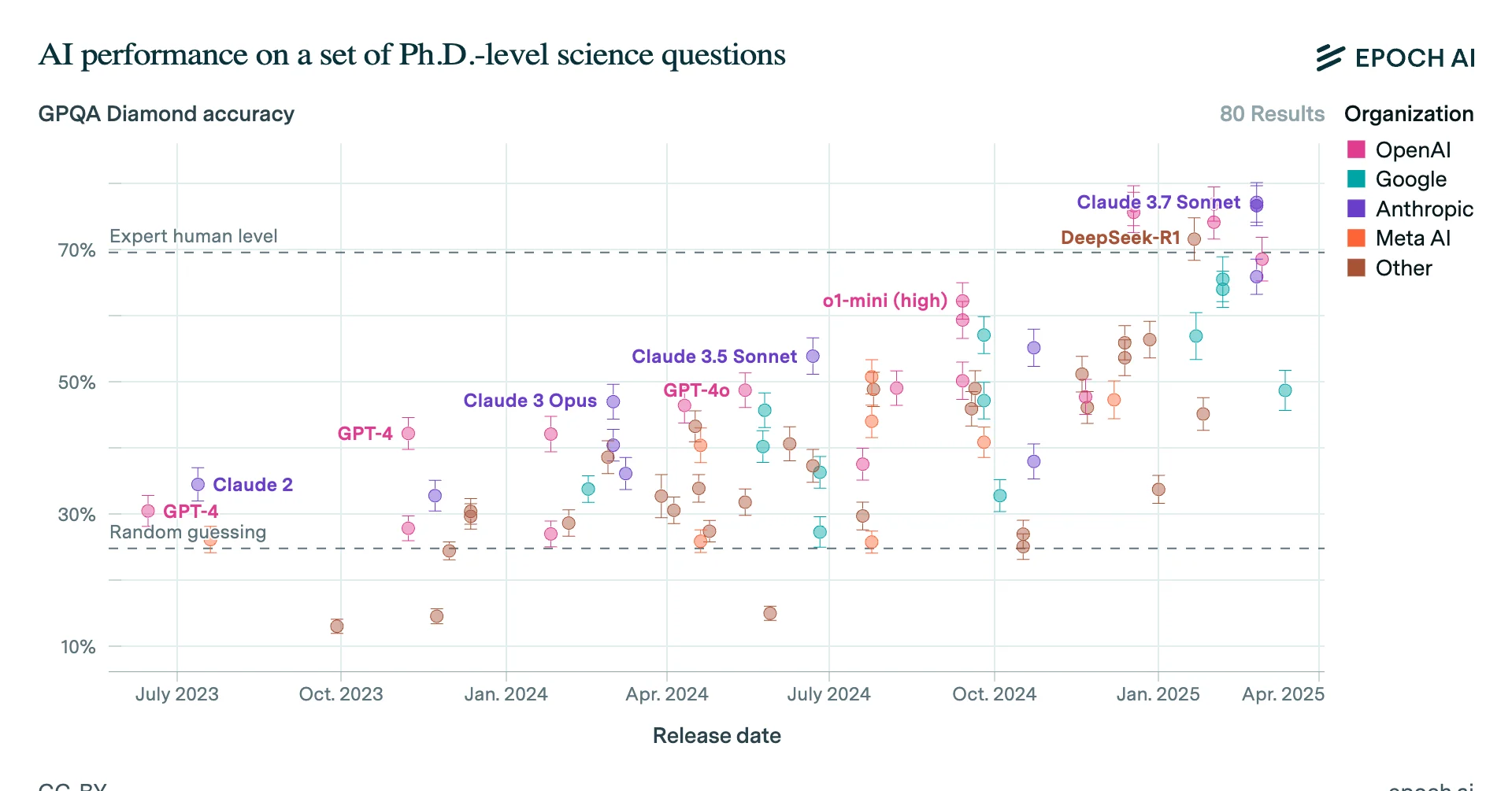What is the topic of the session?
Who would you like to give the session?
What is the format of the talk?
Why is it important?
5
Reactions
5 Answers sorted by
Life optimisation - Robert Wiblin [please suggest others] - Panel Discussion
EAs talk about things they've found great for making their lives easier/more fun.
Are you ever afraid you'll not want to give in future? - Dustin Muskovitz and Cari Tuna/ Sam Bankman-Fried - Question and answer
How do billionaires feel about trusting huge amounts of impact to their future selves. Seems underrated to me how much we need to trust future Dustin/Cari/Sam
80,000 Hours Podcast live filming - Guest and Robert Wiblin - Podcast before audience
Would be fun to have a live filming - hard to say it's important as such but I'd enjoy it.
Forum feature suggestions - [Placeholder until someone tells me who heads product on the forum] - Upvoted live questions to a panel.
The audience upvotes suggestions and the panel explains why they aren't possible or where they are in the roadmap.
The importance of writing EA Forum posts about your open questions, by Nathan Young ;)




Forum feature suggestions - [Placeholder until someone tells me who heads product on the forum] - Upvoted live questions to a panel.
The audience upvotes suggestions and the panel explains why they aren't possible or where they are in the roadmap.